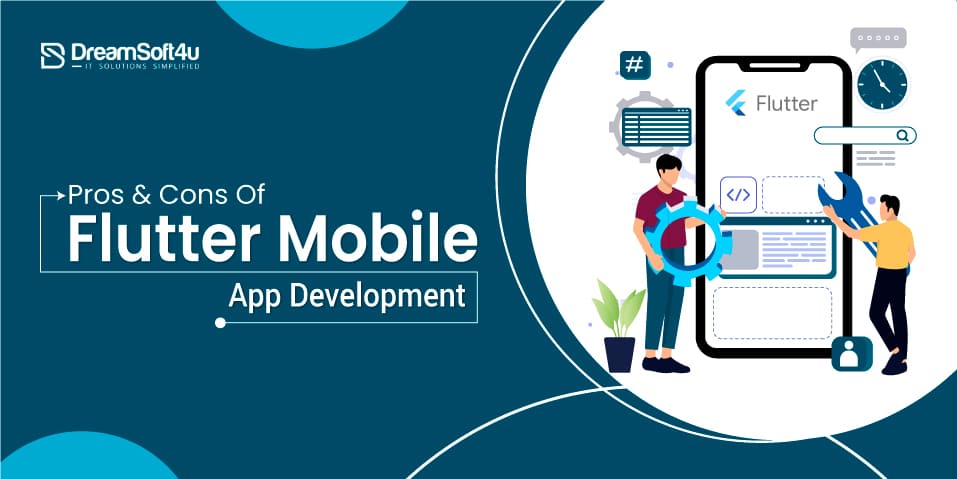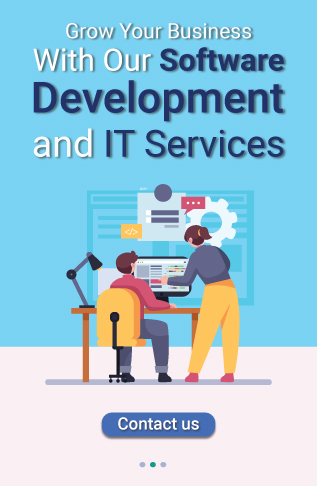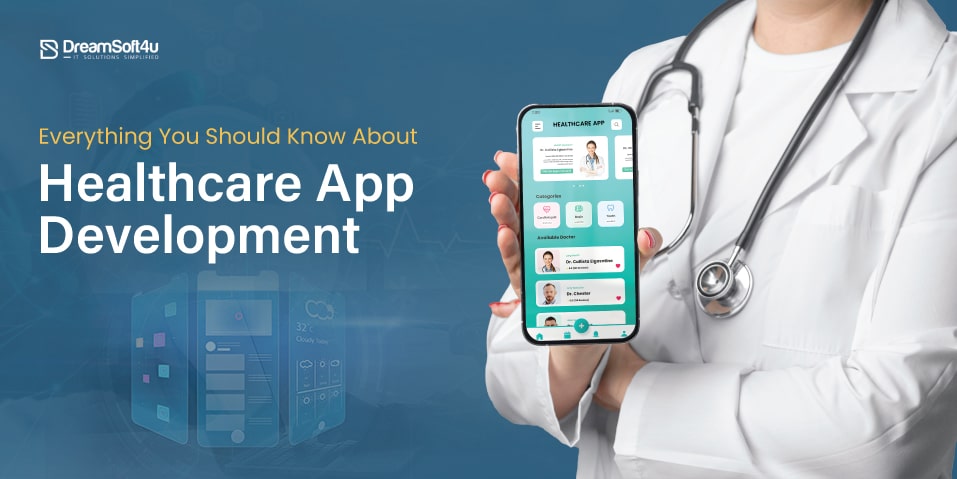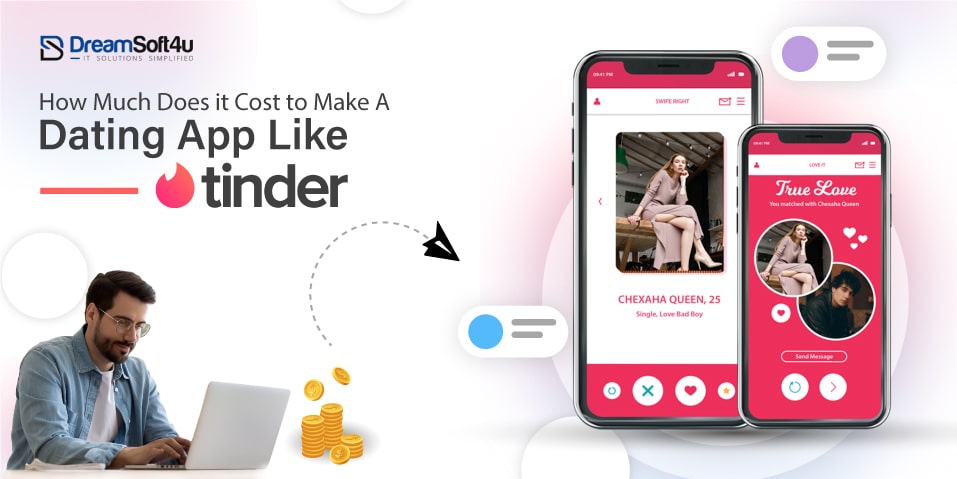Operated on a single code base, Flutter is undeniably the cross-platform we need to build seamless apps and software. It is highly manageable; artefacts are centralized, no duplicity in logic and what else could be demanded. Around 2 billion developers are utilizing this platform for building extra-advance software. There are various Pros & Cons of Flutter Mobile App Development.
But still, many software companies have moved towards Flutter App Development due to its sustainability and performance. The article is about the Good & Bad of Flutter Mobile App Development today. Since its inception in 2017, Flutter has become an integral part of the software industry. 6 out of 10 companies are leveraging Flutter app development services. So, let’s take into account this impressive framework.
Table of Contents
ToggleWhat is Flutter Mobile App Development?
The process is framed from three crucial terms: Fluter, App & Development. Flutter is an open-source, cross-platform SDK created by Google in 2017 and officially released in 2018. The app means the produced applications, and development means building that Flutter-based app.
Flutter is known for its excellent functionality written on a single code base. Simultaneously, one can quickly check and follow the codes to build applications. The platform allows developers to build barrier-free custom apps.
This cross-platform SDK converts into native codes and doesn’t need web view components in applications. It utilizes its user interface components despite being platform-specific. After reading the use and definition of Flutter Mobile App Development, you might be thinking about why it is so popular. So, let us share some of the Pros & Cons of Flutter App Development with you. It will provide the answer to this question.
Pros of Flutter Mobile App Development
The Flutter app development leverages some exciting benefits for the developers. The platform offers seamless development of software, and codes are accessible universally. So, here are the pros of Flutter application development:
Dart
It is undeniable that programming languages sometimes encounter trouble bringing up the expected standards, and various versions of these languages vary in functionality. In addition, many great developers are shifted in the same development direction.
The benefit of utilizing the DART language is that it has no competing standards. The developer community adopted no impositions of language tools. Simultaneously, it has a clean and precise architecture syntax that rules out ideal conditions for the building’s systematic applications.
Growing Popularity
Flutter has surpassed React Native in both segments, i.e., GitHub and Stack Overflow. The source is power-packed with resources for training, more qualified developers, etc., to work on the application.
Since its inception, the platform is gaining immense popularity, and businesses are gaining the proper audience traction. Thus, providing high-end audience reach and business leads to the organizations.
High Performing
Flutter apps are combined into machine code utilizing the graphics & visualization engine to create C/C++. So applications are high-speed and high-performing. Flutter enhances productivity as the developed apps are swift, lag-free, and have high-end functionality.
This was a deciding element for the transition to Flutter for many mobile app developers. We are speaking about cross-platform (or platform-independent) technologies, where Flutter has a promising benefit over its competitors in performance and visualization while gaining such prime & unrealistic native apps.
Mild Learning Curve
One more justification behind the rapid development of Flutter’s prominence among designers (notwithstanding high efficiency) was the accessibility of itemized documentation and many models. Also, this is vital for designers who need to become familiar with another stage, a bunch of apparatuses, or a language.
Also, it is particularly significant for experienced software engineers now to have an eye on them. They can find mistakes in the language plan or the tool compartment without much stretch. They immediately become baffled by the innovation when during the time spent concentrating on it is found that it has unfortunate documentation or instances of taking care of essential issues that go against one another.
One UI Design
Flutter makes extraordinary UI designs for Android and iOS mobile applications. Utilizing a single-handed code base, you can foster just a single UI design and use it for both platforms. This will save you time and the cost of the designer’s work.
For the most part, the Flutter cross-platform application follows the standards of Material Design, with minor changes for various platforms (which Flutter typically processes all alone) or makes the whole UI look individual, with components given the best arrangements taken from iOS and Android.
Save Money & Time
Flutter also helps eliminate the cost barriers and saves enough time. The designers can produce some admiring apps without extravagance and reserve enough time for other designing tasks.
The application development through the Flutter platform allows designers to utilize the same code for multiple platforms. Moreover, its MVP can be developed in 2-3 months, and its full development will be around 30% cheaper than other developments.
Powerful Community
Flutter has a robust community of people building apps & software through it. Google and company personnel leverage tremendous tech support to both developers & users. Not only this, Flutter has real-time documentation and real cases that are available on its original platform.
Hire Top Flutter App Development Company
We can assist you! Click here to get the Best Flutter App Development Services!
Request A QuoteWhat Are the Flutter Mobile App Development Cons?
Speaking of flaws, Flutter may have some shortcomings, just like other software. Let’s readout out what can cause trouble while utilizing the Flutter SDK tool.
Flutter Developer Flaws
It may be observed that everything is a phenomenon while working with the framework. An undeniable difficulty is assembling a development team. Any business project will inevitably face these risks for significant reasons. It includes:
The labour market for flutter technology is only just formed. While documenting this information, no more than 200 resumes were posted on work sites for the Flutter keyword for all CIS countries, while Android developers’ offers in Ukraine alone were 7-10 thousand.
Limited Set of Tools & Libraries
Flutter is a new standard cross-platform app development framework. Many Flutter functions are in alpha and beta testing and may not always work correctly. In addition, you can’t get the necessary functions in the current library in some cases because the platform is still being finalized. Flutter will take time to create the necessary tools, expand functionality and develop the community.
Large File Size:
Flutter apps can end up being quite big, which can be a hassle for some users. Developers work hard to keep app sizes small by avoiding unnecessary animations, reducing image sizes, and using only essential packages and libraries. However, there’s still room for improvement.
Limited iOS Support:
While Flutter works well on Android, it doesn’t always provide the same level of quality on iOS. Some functions, like photography on Apple devices, can lead to issues such as missing data in the photos, like location and date. This might affect the overall user experience on iOS devices.
Read More: Top New Trending Technologies
Conclusion
So, these were the pros & cons of Flutter mobile app development. Flutter is no doubt an excellent platform for building software & other apps. But sometimes, good things come with some challenges, and it is witnessed that the main challenge comes with iOS app development in Flutter development. The Google team must be working on this aspect and improvising the platform to make it the ultimate development SDK platform.
FAQs
Q1. How does Flutter compare to other cross-platform frameworks?
Ans – Flutter offers faster development and better performance than other cross-platform frameworks due to its unique architecture and reactive programming.
Q2. What is reactive programming?
Ans – In reactive programming, the program responds to changes in the system automatically rather than needing to be manually triggered. It is useful for handling multiple things happening simultaneously, like different data streams or events, and can respond to them in real-time.
Q3. Can I develop complex mobile apps with Flutter?
Ans – Flutter is suitable for developing complex mobile apps with its rich widget library and support for custom widgets and animations.
Q4. Is Flutter suitable for developing games or multimedia-rich applications?
Ans – Yes, Flutter’s support for 2D and 3D graphics rendering and integration with various multimedia platforms make it suitable for developing games or multimedia-rich applications.
Q5. Can I use Flutter to build apps for both iOS and Android platforms?
Ans – You can use Flutter for iOS and Android app development. It uses a single codebase to develop desktop and web applications.











